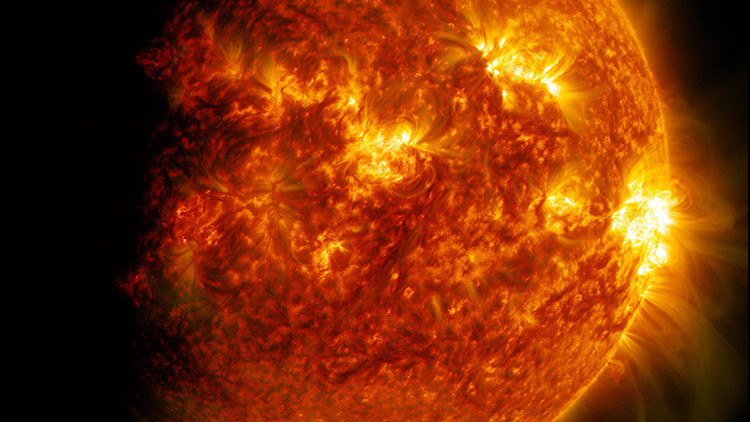The Low Solar Activity could cause a mini Ice Age in 2030
Star Activity could be seen reduced by 60%.

© NASA
July 17, 2015
The last case was in 1645, recording temperatures never seen again. A new calculation of the solar cycle of our star would have revealed that from 2030, it will experience a decrease in the sun's activity by up to 60%, which could lead to a mini-ice age on Earth. The last time there was a phenomenon of this kind was in 1645, and really low freezing temperatures were recorded that the River Thames in London was completely frozed.
A new calculation model of the solar cycle of the Sun is predicting a series of irregularities within the period of activity of 11 years of life of the star, which may determine that in the earth there could exist some sort of ice age because of a decrease of size of the sun, according to predictions made by Professor Valentina Zharkova at a meeting of the British Royal Astronomical Society, according to RT.
According to the results that were presented, our star size will decrease to 60% from 2030, which then lead to the necessary conditions for the said mini ice age, similar to that produced in 1645. During that period of 70 years it was seen only 50 sunspots when the normal is estimated between 40,000 and 50,000, to produce such cold temperatures, that they were able to freeze the Thames river in London.
"We found that magnetic wave components appear as a couple, originating from two different layers of the solar interior. (...) During the cycle, waves range between the northern and southern hemispheres of the sun. Combining both waves together and comparing the actual current solar cycle data, we found that our predictions showed an accuracy of 97%, "said Zharkova.






